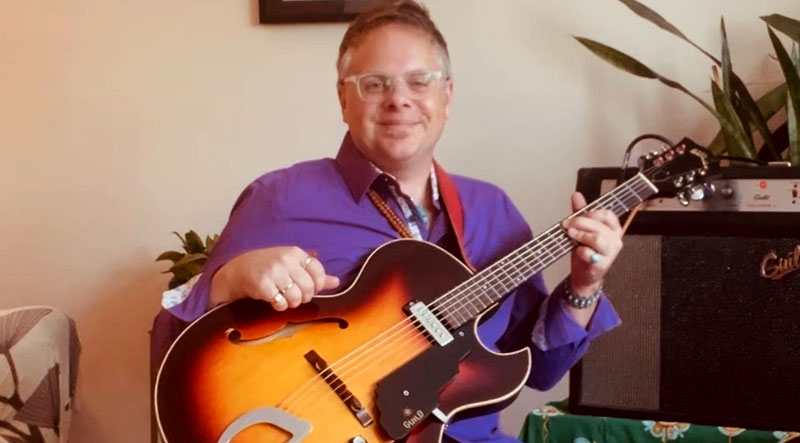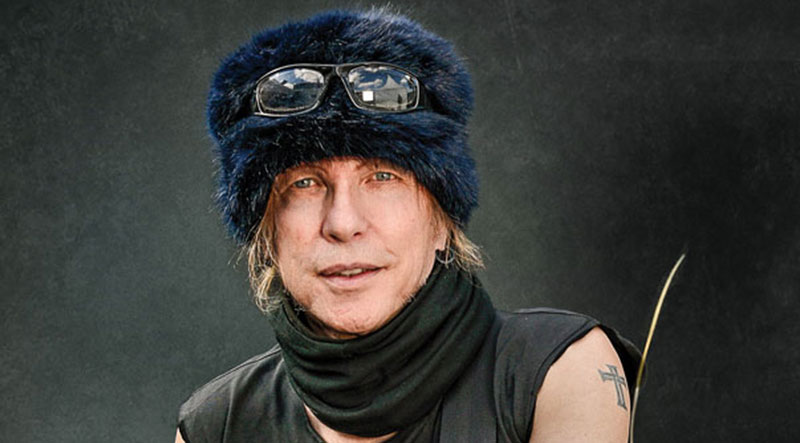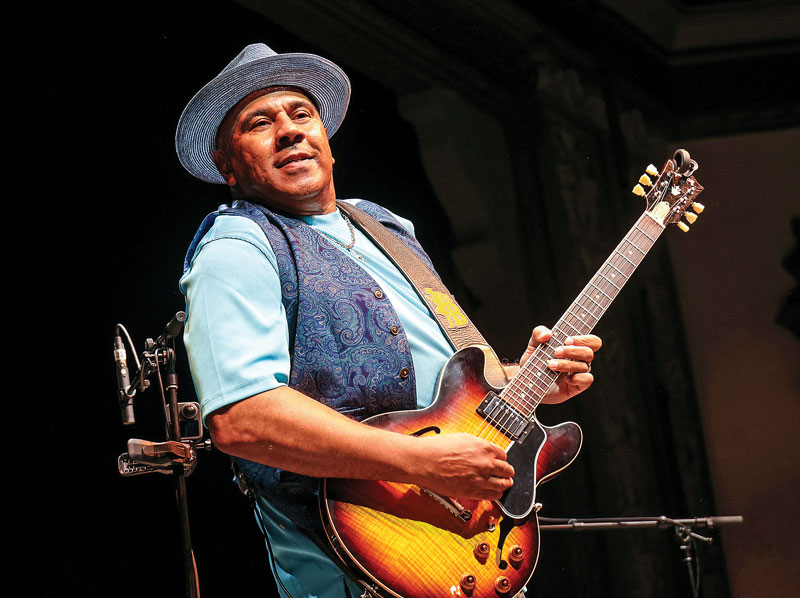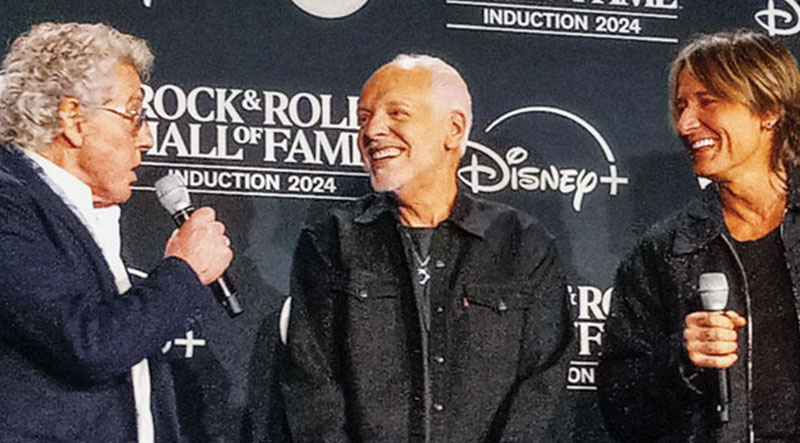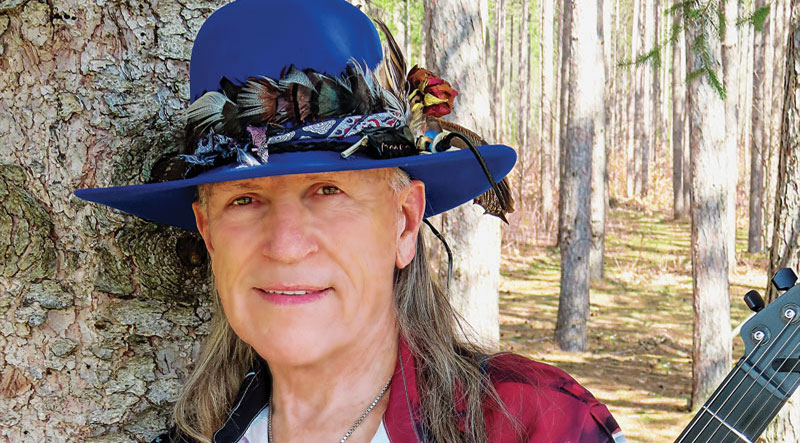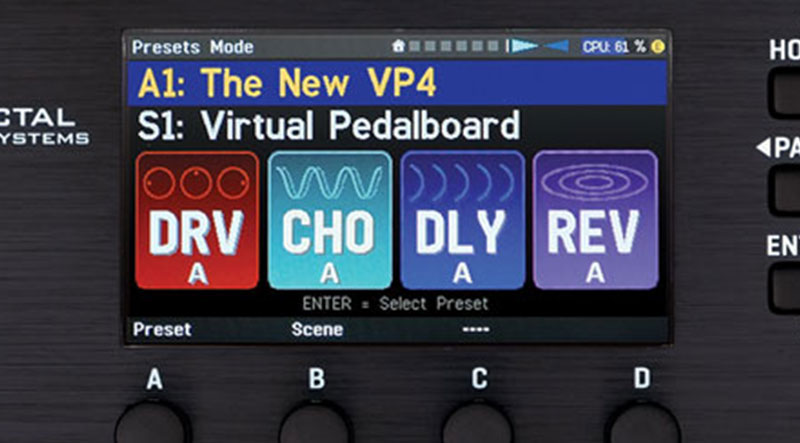
I Hear Thunder marks a return to recording for Tab Benoit. With 13 years between albums, he is recording music that stirs his soul. Rugged guitar tones and fierce vocals permeate an album that leads the listener through the emotional pathways of heartfelt blues from past to present.
You left it all in the ring on I Hear Thunder.
I want to make sure someone out here is doing honest music. I can’t say it’s easy, but it’s what we need. It’s so easy to fake it these days. Everybody goes into the studio and uses every tool available just because it’s available. We don’t need to be doing that – not in the blues world. I’m just following what the old-school guys did. The stuff I loved was played raw. They recorded it once with everybody together – and no auto-tune (laughs)!
Why so long between albums?
I was stuck in the same record deal from when I started. I signed a bad deal with no lawyer when I was in my early 20s. I didn’t know what I was signing, and I just recently got out of it. I didn’t want to give any music away. It means too much to me. My audience has been following me since ’92. They know me. I’m friends with them. I could have put out a crappy album to fulfill the record deal, but I have to talk to my audience every night. I waited until they let me out of the contract, which only happened a few years ago. I Hear Thunder is what happens when you don’t have to answer to anybody.
How did you approach recording?
I got rid of the producers and engineers with too much knowledge (laughs)! I like to write things fast and not overthink or go back and second-guess. I want to feel what’s going on right now, put it down, and move on. I don’t want to affect it or tweak it. When I start writing, we gotta start recording – get it done! That keeps it fresh. “Still Gray” was written for Josh Garrett, and when he heard me sing it, he said, “I can’t sing it like that. You need to do it.”
Were you completely hands-on with this record?
Completely! I mixed and mastered it, and everything was in-house. My guitar is what 10 sounds like (laughs). You can’t do that at home; you have to be in the right environment. I used Category 5 amps, and one is based on a mid-’60s Super Reverb, the other on a mid-’60s Twin. One is 45 watts, the other 100 with two 12s. People call Don at Category 5 and go, “I want that Tab Benoit amp!” He says, “What are you going to be doing with it (laughs)?” Because if you play in a small bar, you’re not going to get that sound. My amps are cranked all the way up. If you do that, your band is going to hate you, and if you only play at home, you definitely don’t want that amp! Apparently, I don’t sell a lot of signature models (laughs).
Do you put pedals in front of it?
No! I don’t want anything between the guitar and the amp – at all! Not even a tuner. I don’t want that signal broken. Every time I plug anything between them, I lose something. So, everything on the album is an amp-and-guitar combination, that’s it. The guitar is a tool to deliver emotion, feeling, and the song. I try to keep my head out of it.
What’s your main guitar?
It’s a 1972 Thinline Tele and the only thing that’s been changed were parts that went bad – pots, switches, tuning keys. I’ve had it since ’92. It doesn’t play great because it’s got the three-bolt neck that is always shifting. I keep the action as high as I can get it. Onstage, I’ve gotten used to tuning and adjusting it. There’s something to giving up playability for tone. A guitar that plays easy or great doesn’t have the juice. Those that are harder to play always have the best sound. If I pick up a Jackson, I can’t even get a note out of it. I hit it too hard with my right hand because I started as a drummer and I approach guitar with a drummer’s mind. I make music through rhythms. – Oscar Jordan
This article originally appeared in VG’s February 2025 issue. All copyrights are by the author and Vintage Guitar magazine. Unauthorized replication or use is strictly prohibited.



